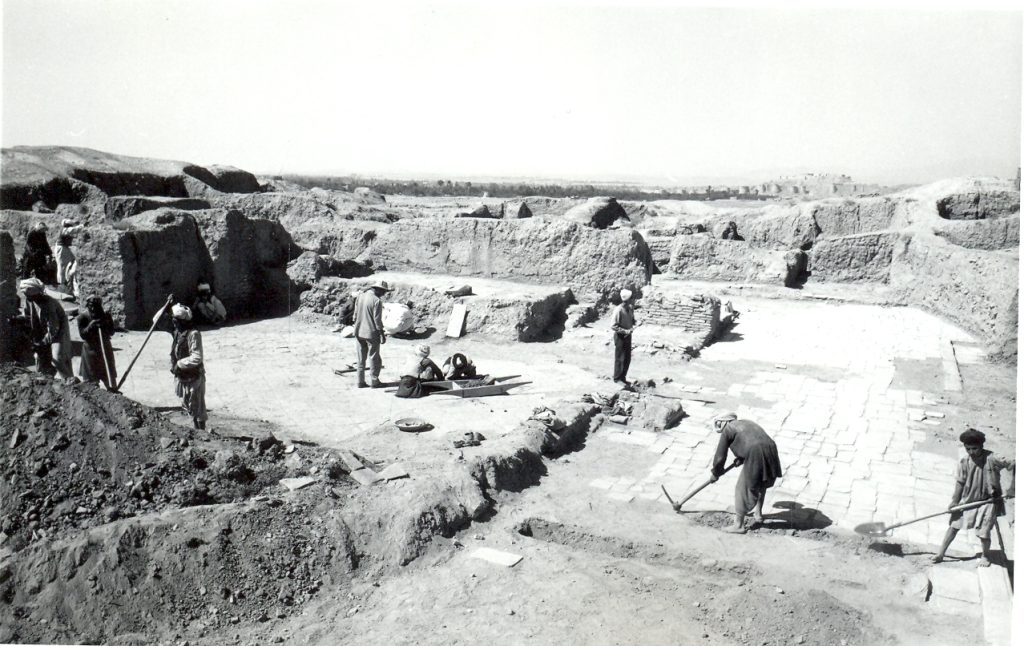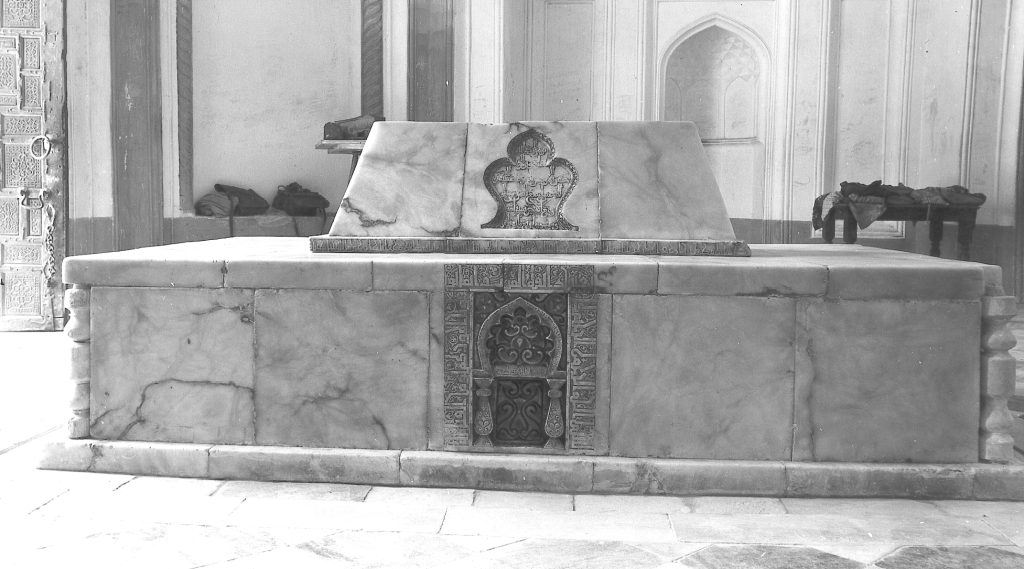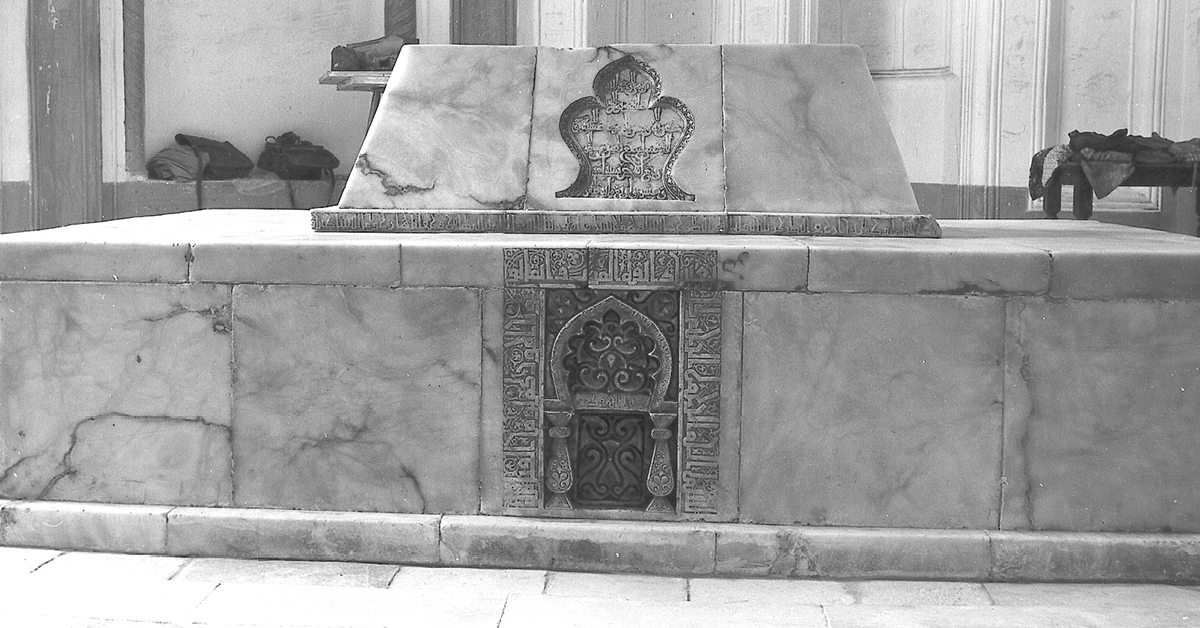
By Viola Allegranzi
Located in present-day Afghanistan, Ghazni was once a prosperous commercial and cultural centre at the crossroads of Iranian, Central Asian and Indian regions. Under the rule of the Ghaznavid dynasty (r. 977-1186), the city was home to one of the most refined courts of Eastern Islam, but its splendour was lost, and never recovered, following the Mongol invasions in the early thirteenth century.
Textual and material sources offer only a fragmented view of pre-Mongol Ghazni, however the combination of archaeological and topographical data together with information derived from medieval geographical, historiographical and literary works all help enhance our knowledge of both the general layout and historical landmarks of the Ghaznavid capital city.
What then, were the main features of the urban network and royal buildings commissioned by the Ghaznavid sultans? And what traces of them are left on the landscape and in the collective memory of the now provincial town?

My article in Afghanistan 4.1, The Medieval Urbanism of Ghazni (Afghanistan, 10th-12th Centuries). A Cross-Reading of Textual and Material Evidence”, provides some answers to these questions. It relies on different types of textual sources and tries to match these with the material evidence gathered by the Italian Archaeological Mission in Afghanistan (mainly active in Ghazni between 1957 and 1978). Recent investigations based on archaeological, epigraphic and numismatic finds have brought about new hypotheses on the history of the city and its monuments, and my study participates in the effort to safeguard and disseminate these still little-known materials, which are now largely accessible online.

Reinstating some landmarks on the map of medieval Ghazni allows us to observe the expansion of the Ghaznavid city, and the creation of extended royal quarters in the plain that stretches north-east from the pre-existing walled town towards a hilly spot that was to become known as Rawza (lit. “garden”, “paradise” or “tomb”). Here Mahmud b. Sebüktegin, the first and most renowned Ghaznavid ruler, had his preferred royal garden – later converted into his place of burial. It became, and continues to be, a place of pilgrimage venerated by the local population. The palace, discovered during excavations, as well as buildings described in textual sources, are characterised by close connections between secular and religious spaces, reflecting the control exerted by the Ghaznavid ruling power over religious institutions. This foreshadows a long-lasting process of sacralisation of royal monuments, starting with the foundation of Mahmud’s mausoleum in Rawza in the Ghaznavid period, and carrying on into post-Mongol times across the ancient capital city with the proliferation of places of memory and pilgrimage (ziyarat).

Viola Allegranzi is a post-doctoral researcher at the Institute of Iranian Studies of the Austrian Academy of Sciences (Vienna), and a member of the Islamic Ghazni archaeological project (University of Naples “L’Orientale”, Gerda Henkel Stiftung). In 2017, she received a joint Ph.D. from the Universities Sorbonne Nouvelle – Paris 3 and “L’Orientale”, with a dissertation focused on the Persian inscriptions from Ghazni (Afghanistan) and the cultural history of the Ghaznavid period (11th-12th c.). Her main research interests are epigraphic sources and material culture from the medieval Persianate world.
Afghanistan is the journal of The American Institute of Afghanistan Studies, dedicated to the cross-cultural study of Afghanistan and its surrounding regions, delving into its rich history from a wide variety of humanities-focused angles. The journal covers all subjects in the humanities including: history, art, archaeology, architecture, geography, numismatics, literature, religion, social sciences and contemporary issues from the pre-Islamic and Islamic periods. Find out how to subscribe, or recommend to your library.






